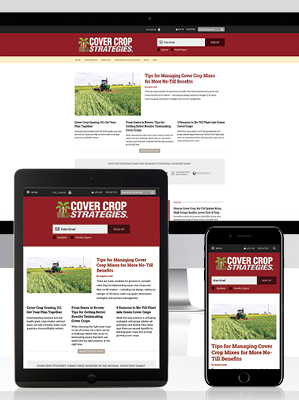Articles Tagged with ''cover crops''
[Podcast] Get Double Benefits with Cover Crops as Forages
Many cover crop species can be used as forage while also providing soil health benefits, says Pennsylvania cover crop expert Steve Groff, including hay, baleage and grazing. The type of cover crops to plant depends on your ultimate goal for those cover crops, as that goal can affect seeding rates, planting dates, and fertility. (Courtesy of Cover Crop Innovators)
Read More






